Motion sensors, a cornerstone of modern security, energy-saving and automation systems, have become an integral part of our daily lives. They cater to a wide range of users, from tech-savvy smart homeowners to commercial businesses. These devices, known for their ease of use, seamlessly integrate into any space, providing an extra layer of security and peace of mind.
Choosing the right motion sensor can be a complex task, given the variety of types available in the market today. In this article, we’ll be explaining how they work, their benefits, and their various types to help you be well-equipped to choose and install the perfect sensors for your home or business.
Contents
- What is a Motion Sensor
- How Motion Sensors Work
- Why Use Motion Sensors(Benefits)
- Limitations of Motion Sensors
- Where to Place Motion Sensors for the Best Coverage
- Choosing a Motion Sensor for Your Home
- Motion Sensors for Home Security
- Motion Sensors for Businesses
- Alert Security of After-Hours Trespassers
- Alert Security of Burglarizing Stowaways
- Alert Security of Vandalism
- Keep Unauthorized Personnel Out of Restricted Areas
- Activate Lights Automatically
- Activate Entryways and Verify Passes
- Motion Sensors and Room Occupancy
- Motion Sensors and Cleaning Schedules
What is a Motion Sensor
A motion sensor, also known as a motion detector, is an electronic device that uses a sensor to detect the presence and movement of people, animals, or other objects in its vicinity. These devices serve as the eyes and ears when you’re not around.
Motion sensors work by picking up on tiny changes in their environment, such as variations in temperature, vibration, or radiation. When a sensor detects motion, it sends an alert/signal to your security system or other devices it’s connected to, such as lighting. With newer systems, this alert can be sent directly to your mobile phone, providing real-time updates about activity in your home and business or the monitoring team, ensuring a rapid response to any potential threats.
Motion sensors can help save energy by powering lights in an area only when needed. For instance, motion sensors can be connected to the lights in a room so that the lights automatically turn on when someone enters and turn off after a period of inactivity in the space.
How Motion Sensors Work
There are several types of motion sensors, each designed to work differently and cater to specific needs. The most frequently used types include Passive Infrared (PIR), Ultrasonic, Microwave, and Dual Tech/Hybrid sensors. More broadly, motion sensors can be categorized into two main types: passive motion sensors, which detect variations in the environment, and active motion sensors, for example ultrasonic sensors, which send out ultrasonic waves that bounce back to the sensor when they hit an object.
PIR Motion Sensors
Passive Infrared (PIR) sensors are a common type of motion sensor, frequently used in various applications, including home security systems and energy-efficient lighting. PIR sensors work by detecting fluctuations in infrared energy, which is naturally emitted as heat by humans, animals, and warm objects.
PIR sensors are designed with two or three pyroelectric sensors that are sensitive to infrared radiation. These sensors are typically arranged in a symmetrical, mirror-like configuration. When there is no motion, the two sensors receive the same amount of infrared radiation from the ambient background, and their electrical outputs are balanced.
When a warm object, such as a person or a pet, moves within the sensor’s field of view, it enters one pyroelectric sensor’s area before the other. This movement can cause a difference in the amount of infrared radiation each sensor receives, creating an imbalance. The change in infrared radiation causes one sensor to generate a higher electrical output than the other.
The PIR sensor’s electronic circuitry processes this difference and creates a digital output, typically a voltage pulse. The digital output is then sent to the device or system to which the PIR sensor is connected, such as a light, alarm, or security system.
PIR sensors have a wide field of view thanks to the lens covering the sensor. This lens, often made of plastic, can focus and bend infrared energy, similar to how a lens focuses visible light. This enables PIR sensors to detect IR radiation from a wider coverage.
Ultrasonic Motion Sensors
Ultrasonic motion sensors operate by emitting ultrasonic soundwaves. These soundwaves, which are at a frequency above the range of human hearing, bounce off objects in the immediate vicinity and return to the sensor.
The core component of ultrasonic motion sensors is a device called a transducer, which sends out the ultrasonic pulse and receives the echo. The sensor determines the distance between itself and the target by measuring the time between sending and receiving the signal. Ultrasonic sensors can detect objects regardless of their color, surface type, or material type (i.e., metallic vs. non-metallic). They can even detect translucent objects, though this is usually reserved for industrial applications.
Ultrasonic motion sensors are typically non-invasive and can be used in various applications, ranging from different types of home security systems to home automation devices. They are known for their accuracy and reliability, making them a valuable tool in modern security systems. In contrast, ultrasonic sensors aren’t great for outdoor security. Factors like small animals and insects can set them off. Also, furniture and other obstructions can affect an ultrasonic sensor’s ability to gauge motion.
Looking For Motion-Activated Energy-Saving Solutions?
Contact us for complete PIR motion sensors, motion-activated energy-saving products, motion sensor switches, and Occupancy/Vacancy commercial solutions.
Dual Technology Motion Sensors
Dual Technology motion sensors, often referred to as dual-tech or dual-motion sensors, are a type of motion sensor that combines two or more different sensor technologies to enhance accuracy and reduce false alarms in motion detection. The most common combination in dual-technology motion sensors is Passive Infrared (PIR) and Microwave (MW) sensors.
The PIR sensor detects body heat and movement by capturing the infrared wavelength rays that a moving person or object emits. On the other hand, the microwave sensor component emits microwaves that travel faster than infrared rays, allowing it to detect slight movements that the infrared sensor would miss.
The critical innovation of dual technology sensors lies in combining the output signals from both sensor types. Both the PIR and microwave sensors must trigger simultaneously for the dual tech sensor to register motion. This requirement significantly reduces false alarms caused by factors like temperature fluctuations, small animals, or moving objects like curtains.
For instance, a quick rise in temperature in the room can cause the PIR to go off, while wind can move an object and trigger the microwave sensor. With the Dual Tech/Hybrid, both sensors will need to sense changes to get triggered, causing false alarms to be extremely low. However, dual-tech motion sensors tend to be expensive due to the combination of technologies used.
Microwave Motion Sensors
Microwave motion sensors, also known as radar sensors, operate by emitting microwave signals and then measuring the reflections of those signals to detect motion. These sensors generate electromagnetic waves with wavelengths ranging from millimeters to meters, typically in the gigahertz (GHz) frequency range.
The emitted microwave signal travels through the surrounding space to interact with objects and surfaces within the sensor’s field of view. When the emitted microwave signal encounters an object or obstacle, such as a person or a vehicle, some of the microwave energy is reflected toward the sensor. The sensor’s receiver captures the reflected signals and analyzes factors such as the signal’s frequency shift (Doppler effect) and phase shift to determine the presence and motion of objects. Once motion is detected and confirmed, the microwave sensor triggers an action, such as turning on lights, sounding an alarm, or activating a security system.
Microwave sensors can cover a larger area than passive infrared sensors. But they are more expensive and can cause more false alarms because they’re able to “see” through walls. They are reasonably impervious to false alarms induced by environmental factors, like wind and rain, and can be programmed to ignore parts of the house where children and pets often play. In cases when visibility is limited, they are helpful since they can detect through walls and other obstructions.
Microwave sensors are used in security devices to protect wide open spaces, for non-invasive monitoring in industrial and healthcare industries, and in geomorphological applications. They are typically used on commercial and industrial premises, emitting pulses across long ranges to detect movement and cover wider areas than PIRs.
Tomographic Motion Sensors
Tomographic motion sensors are a cutting-edge type of motion detection technology. Unlike traditional motion sensors that rely on a single sensor, tomographic motion sensors consist of several nodes distributed throughout a space. These nodes form a mesh network and communicate with each other to monitor the environment.
The operation of tomographic motion sensors is based on the principle of detecting disturbances in the links between the nodes. When an object or person enters the field between the nodes, it disrupts the links, signaling movement. This makes tomographic motion sensors highly effective in detecting the presence of a person or object.
Tomographic motion sensors can be completely concealed. Since they do not rely on line of sight like other sensors, they can be hidden from view, making them ideal for discreet monitoring applications. They utilize radio waves for communication between nodes, which allows them to work through walls, providing a significant advantage in terms of coverage and detection capabilities.
Vibration Motion Sensors
Vibration motion sensors, also referred to as seismic sensors, are unique devices that detect minute vibrations caused by movement. These sensors are highly sensitive and utilize components such as piezoelectric crystals and accelerometers to detect the small vibrations that occur when objects move.
When a person or an object moves through a room, it causes small vibrations. These vibrations, as subtle as they might be, are picked up by the vibration motion sensors. This makes bibration sensors particularly useful in a variety of applications.
Vibration sensors are instrumental in detecting attempts to break into buildings or tamper with security equipment. Their high sensitivity allows them to pick up even the slightest disturbances, providing an extra layer of security. They are also used to detect earthquakes and monitor machinery for signs of failure or wear. This versatility makes them a valuable tool in various industries.
Vibration sensors are one of the more affordable options available and are switch-activated to send out vibrations that detect motion. This cost-effectiveness, combined with their versatility and sensitivity, makes them a popular choice for many applications.
Contact Motion Sensors
Contact motion sensors, also known as door/window sensors, are a type of motion sensor that is designed to detect movement in doors or windows. They alert you when a door or window is opened.
Contact sensors use a magnet to detect movement. The sensor is typically composed of two parts: one part is attached to the door or window frame (the jamb), and the other is attached to the door or window itself. These two parts form a closed circuit when the door or window is closed.
When the door or window opens, the two parts of the sensor separate, breaking the circuit. This change is detected by the sensor, which then triggers an alarm or sends an alert to the security system. This allows the system to respond appropriately, whether that’s sounding an alarm, sending a notification to your phone, or alerting a monitoring center.
Contact motion sensors are simple and reliable to use. Because they use a simple magnetic mechanism, they are less prone to false alarms than some other types of sensors. They are also easy to install and can be used on virtually any type of door or window.
Pet-immune Motion Sensors
Pet-immune motion sensors are designed to distinguish between the movements of humans and pets. These sensors are a boon for pet owners who want to secure their homes without triggering false alarms due to their pets’ activities.
Most pet-immune motion sensors are based on passive infrared technology, which can ignore animals up to a certain weight. This weight limit is usually around 40 pounds, but it can vary depending on the specific model of the sensor. This means that small to medium-sized pets can move freely around the house without triggering the alarm. Homeowners with particularly energetic pets can fine-tune the sensor’s detection threshold and sensitivity to reduce the likelihood of false alarms even further.
Dual technology pet motion sensors are more resistant to false alarms because they require two sensors to be triggered in a specific way. This makes them less likely to be set off by pets, as the movements of animals and humans are distinctly different.
The effectiveness of pet-immune motion sensors is highly dependent on their placement. For instance, placing the sensor too low might make it more sensitive to pets, while placing it too high might cause it to miss human movements.
Video Motion Sensors
Video motion sensors leverage advanced signal processing to detect movement within their field of view. They are commonly integrated into security cameras and video doorbells, providing an extra layer of security and convenience for homeowners and businesses alike.
When a video motion sensor detects movement, it triggers the camera to start recording. This feature is particularly beneficial as it ensures that the camera only records when there is activity, thereby saving on memory storage by not recording hours of useless footage. Instead, it captures only the essential moments, making it easier for users to review the footage and identify any incidents of interest.
A video doorbell is an excellent example of utilizing video motion sensors. When the camera senses motion, such as someone approaching the door, it automatically begins recording. This allows homeowners to see who’s at the door, whether it’s a visitor, a delivery person dropping off a package, or an unwanted intruder. This not only enhances home security but also adds a level of convenience, as homeowners can monitor their front door from anywhere using a connected device.
Area Reflective Sensors
Area reflective sensors operate by emitting beams of light, typically infrared, which are then reflected back by nearby objects. This reflection is what the sensor detects, allowing it to sense movement within its range.
These sensors are incorporated into LEDs, which emit infrared light. The sensor then measures the distance to the object based on the time it takes for the light to return. This allows the sensor to detect not only the presence of an object but also its proximity.
Area reflective sensors are particularly useful in environments where precise motion detection is required. They are often used in automatic doors, providing a hands-free method for door operation that is both convenient and hygienic, or in warehouse and factory environments to protect high-value inventory.
Area reflective sensors are able to detect movement within a lighted area. This makes them highly versatile and suitable for a wide range of applications. However, the performance is highly affected by the reflectivity of the object, with less reflective objects being harder to detect.
Why Use Motion Sensors(Benefits)
Motion sensors offer a multitude of benefits that enhance safety, convenience, and efficiency. Here’s why you should consider using motion sensors and their benefits.
Monitor Unauthorized Activities
Motion sensors detect unauthorized movement and send an alert to your control panel, which in turn alerts your monitoring center. This immediate notification system is crucial in maintaining the security of your home, especially when you’re not there.
Motion sensors stand guard, ready to react to various situations, such as movement in your living room, windows or doors opening or closing, or even a window breaking. They work most effectively when connected to commercial security cameras and deterrence tools like sirens and strobe lights.
In the event of an intrusion, the alarm system integrated with security cameras can present relevant footage alongside alarm notifications. This enables eyewitness accounts of genuine intrusions that usually result in speedy, priority police dispatches.
Motion sensors also help enhance the surveillance efficiency of your security cameras. Smart motion sensors in cameras not only preserve high-value video storage space but also make investigations easier by avoiding hours of unnecessary footage.
Improved Energy Efficiency
Motion sensors are not just for security. When integrated with building management systems, they can automatically turn lights on or off and adjust temperature settings to save energy and lower utility bills.
Enhanced Operations
Commercial motion sensors, known as occupancy sensors, collect data about building usage and occupancy patterns. This information is used to optimize workflows. For example, motion sensors in a warehouse can be programmed to automatically open necessary doors when approaching forklifts are detected.
Dynamic and Automation
In retail settings, motion sensors can enhance sales by lighting up particular items as people approach. This dynamic lighting not only improves energy efficiency but also draws attention to specific items more effectively than standard lighting systems.
Automatic customer door sensors work by using ultrasonic sound waves or microwaves to detect approaching customers. These sensors are especially helpful for people with disabilities, those carrying heavy items, and in the prevention of injuries caused by caught fingers and people on the wrong side of manual doors.
Maybe You Are Interested In
Other Common Uses
Motion sensors can also alert you in the event that your teen breaks curfew, trigger a doorbell when someone approaches the front door, alert you when kids enter restricted areas in the home, like the basement, workout room, or medicine cabinet, save energy by using motion sensor lighting in unoccupied spaces, and notify you if pets enter areas where they’re not supposed to be.
Limitations of Motion Sensors
While motion sensors are an integral part of a comprehensive security system, they are not without their drawbacks. Understanding these limitations can help users make informed decisions and optimize their use.
Limited Range
Motion sensors have a limited detection range. This limitation can create blind spots that crafty intruders might exploit. Using a sensor beyond its optimal range can have serious implications for critical security systems. Thus it’s crucial to review product specifications to select the right sensor for monitoring a specific area and place your motion sensors at the optimal places for the best coverage and least blind spot.
Motion sensors may also fail to detect movement when their signals are blocked by furniture, decorations, and other objects. Blocked sensors can result in security gaps that can be exploited by intruders.
False Alarms
Motion sensors can cause false alarms. Various factors, such as pets, swaying trees, and other environmental elements, can trigger some sensors, leading to false alarms. These false alarms can frustrate users, diminish the likelihood of an adequate response during a real emergency, and sometimes result in punitive fines from local authorities.
Improper installation, such as placing sensors too close to heat sources like heating vents, furnaces, and fireplaces, is the main cause of false alarms. In such cases, motion detectors can mistake the movement of hot air for actual motion.
Radiation Concerns
Microwave sensors emit electromagnetic radiation at levels similar to those emitted by cell phones and Wi-Fi routers. On the other hand, tomographic sensors emit high-energy forms of radiation that can potentially damage living tissue. These sensors are rarely used outside of airport security gates and medical rooms. If you have concerns about potential health effects from radiation emitted by motion detectors, it’s advisable to consult with security experts.
Evasion Tactics
Intruders may employ various tactics to fool motion sensors. These include moving extremely slowly, walking directly underneath a detector, hiding behind large pieces of furniture, crawling or crouching to a pet’s height, and covering a motion sensor with a piece of paper, foil, or fabric.
Many modern motion detectors are designed to withstand these evasion tactics. For example, some motion sensors project beams down and out to detect someone who is crawling. To maximize the protection of your home, consider using multiple types of devices, such as window and door sensors and glass break sensors, along with motion sensors.
Where to Place Motion Sensors for the Best Coverage
The sensor placement is crucial if you want your motion detectors to work their best. Your sensors need to be in the right location to have the best chance of sensing disturbances in your home. You should also place sensors in areas where they’re less likely to produce false alarms.
The placement of motion sensors is a crucial aspect that can significantly affect their performance. The ideal height for sensor installation is between 6 to 8 feet off the ground. Here are some key considerations and tips for motion sensor placement.
Coverage Range
Typical motion sensors have a range of up to 80 feet. This means a single motion sensor might not cover a long hallway or an open workspace. Therefore, place several sensors around your home or business, especially in areas where people frequently walk, such as hallways, staircases, living rooms, and bedrooms.
Entry Points
Install sensors near major home entry points like the front door, back door, or patio door. You can also buy motion detectors designed specifically for doors and windows.
High-Traffic Areas
Place sensors in high-traffic areas. You’re more likely to detect an intruder if you install the sensor in a hallway, stairwell, or another location people must walk through. Place sensors near rooms with valuable items where thieves may go first.
Avoid Heat Sources
Don’t install PIR sensors near a heat source. PIR sensors analyze the fluctuations in temperature of a given area and can trigger a false alarm if they are installed too close to a vent, furnace, or fireplace. Place these sensors 10-15 feet away from sunny windows, heating vents, and radiators.
Avoid Obstructions
Ensure no obstructions are blocking the sensors’ line of sight. An obstruction may not be obvious at first. For instance, if you’re installing a motion sensor light on your house above your driveway, your parked car may obstruct its ability to detect motion on the sidewalk or in the street.
Room Corners
Room corners provide a vantage point that allows motion sensors to cover a broader room area. When positioned in a corner, the sensor’s field of view can extend diagonally across the room.
Ample Open Space
Consider using ultrasonic or microwave sensors to cover more ground for larger spaces.
Storage Places
Motion sensors in storage places can help save energy by automatically turning off lights when there’s no motion. You can install sensors in your basement or garage.
Maintenance
Wipe the sensor free of any dust or debris after you finish installing to ensure an unobstructed lens, and be sure to clean them periodically thereafter.
Choosing a Motion Sensor for Your Home
Selecting the ideal motion sensor for your specific needs involves considering several key factors. Here are some main tips to help you make an informed decision.
Security System Compatibility
Ensure the motion detectors you choose are compatible with your existing security system. Many top-tier home security systems offer packages that include motion detectors. If you’re purchasing your motion detectors separately, make sure they work seamlessly with your other components, such as home security cameras, video doorbells, smart locks, motion sensor lights, and door sensors.
Sensitivity Levels
Different sensors have distinct coverage areas. Choose a sensor that covers your desired location without gaps or overlaps. Most models have adjustable sensitivity settings, allowing you to fine-tune the sensor to your specific needs and reduce false alarms. If you have a pet, consider pet-friendly motion detectors that can differentiate between humans and animals.
Smart Home Integration
If you have a home automation setup, look for motion detectors that can integrate with it. This feature allows you to control the sensor with your voice. Some sensors are designed to work with specific platforms and protocols, so choose the right one for your setup.
Sensor Type
Certain types of sensors may be better suited to your specific home situation. For instance, if you have small rooms with lots of heating ducts, you might want to avoid PIR detectors to prevent false alarms every time the heat kicks on. Similarly, if you live near an airport, you might want to avoid vibration sensors.
Price
Set a budget and compare the features and capabilities of sensors within that price range. The cost of motion sensors typically falls within the range of $30 to $50, with variations based on the features offered by different models.
Wireless or Wired Sensors
Decide whether you want wireless or wired sensors. Wired sensors need to be tied into your home’s electrical system, which may not be an option if you rent your place. Wireless motion sensors are less intrusive, easier to install, and can work in conjunction with the rest of your security system using Wi-Fi internet.
Recording Footage
If you want to record footage of your home, consider sensors with built-in PIR sensors that activate the camera whenever they detect motion in your living room.
Motion Sensors for Home Security
Motion sensors play a pivotal role in home security systems by providing an extra layer of protection. They safeguard your home by detecting movement within and around your property.
Here are some ways motion sensors can be used in a home security system.
Monitor Your Children
If there are areas on your property that are unsuitable for children, you can set up motion sensors around the entrances to these areas, which will alert you if your child wanders in.
Alert You of Stray Pets or Wild Animals
You can use motion sensors to notify you if your pet wanders into the wrong area.
Alert You if Your Teen Sneaks Out or Returns Late
For their safety and a parent’s peace of mind, you can have these sensors installed around windows, entrances, and garages that will keep you alerted.
Keep Burglars and Predators Out of Your House
This is one of the most obvious benefits of motion sensors.
Get Inspired by Rayzeek Motion Sensor Portfolios.
Doesn't find what you want? Don't worry. There are always alternate ways to solve your problems. Maybe one of our portfolios can help.
Inform You of Arriving Guests
A motion sensor can alert you when a car pulls into your driveway.
Open Doors Automatically
In addition to security and surveillance, motion sensors can also activate other convenience functions such as door openers.
Activate Lights When You Enter a Room
If someone in your household has a habit of leaving lights on when they exit a room, a motion sensor can help you save on your electrical bill.
Motion Sensors for Businesses
Motion sensors offer an effective solution for various security and operational challenges that businesses face daily. Here are some ways motion sensors can be utilized in a business setting.
Alert Security of After-Hours Trespassers
Commercial properties and retail stores often house valuable goods such as electronic devices, jewelry, art, glassware, and designer clothes, making them attractive targets for burglars. Motion sensors can detect any unauthorized entry, even the quietest ones, by sensing body heat and movement.
The alarm is triggered as soon as an intruder crosses a sensor’s beam, alerting the police within minutes. The sensors are most effective at detecting crossing movement rather than approaching movement, so they should be installed to run perpendicular to where a burglar would most likely tread.
Alert Security of Burglarizing Stowaways
Some burglars adopt a different strategy, entering the premises during the day, hiding, and waiting for the shop to close to carry out their heist. With motion detectors installed throughout the premises, it becomes challenging for them to steal anything. Even the most silent criminals cannot defy infrared heat sensors, which can detect movement from multiple angles.
Alert Security of Vandalism
Not all thieves attempt to enter your store or building. Some might resort to vandalism, such as throwing a rock through the window, grabbing something from the display, and running. Any object thrown through the window will likely trip the sensor waves and set off an alarm.
Keep Unauthorized Personnel Out of Restricted Areas
On a large business premise, it can sometimes be difficult to keep restricted areas monitored at all times. Motion sensors can be used to keep unauthorized individuals out of restricted or employee-only areas.
Activate Lights Automatically
Motion sensors can be connected to lights on a commercial property to activate automatically whenever someone enters a room or passes through a corridor. This feature not only saves energy but also enhances security by deterring unauthorized personnel from advancing further into restricted areas.
Activate Entryways and Verify Passes
Motion sensors can make doors and entryways more secure and hassle-free. In a system that incorporates motion sensors into the mechanisms of entrances, all you need to enter a room or area is a pass.
Motion Sensors and Room Occupancy
With changes in working patterns and increasing real estate prices, measuring room occupancy has become a critical requirement for many organizations. Placing wireless motion sensors in all relevant locations enables a company to have real-time, up-to-date, and accurate data about the occupancy of those areas. This data can be used to maximize space utilization, improve employee efficiency, and save costs by eliminating underused areas.
Motion Sensors and Cleaning Schedules
Data from the wireless motion sensors can be analyzed to track how frequently restrooms, desks, and meeting rooms are used and to determine if and when cleaning is required. This allows for the tailoring of cleaning schedules, reducing labor costs, saving energy, and providing accurate data for measuring performance against cleaning contracts.

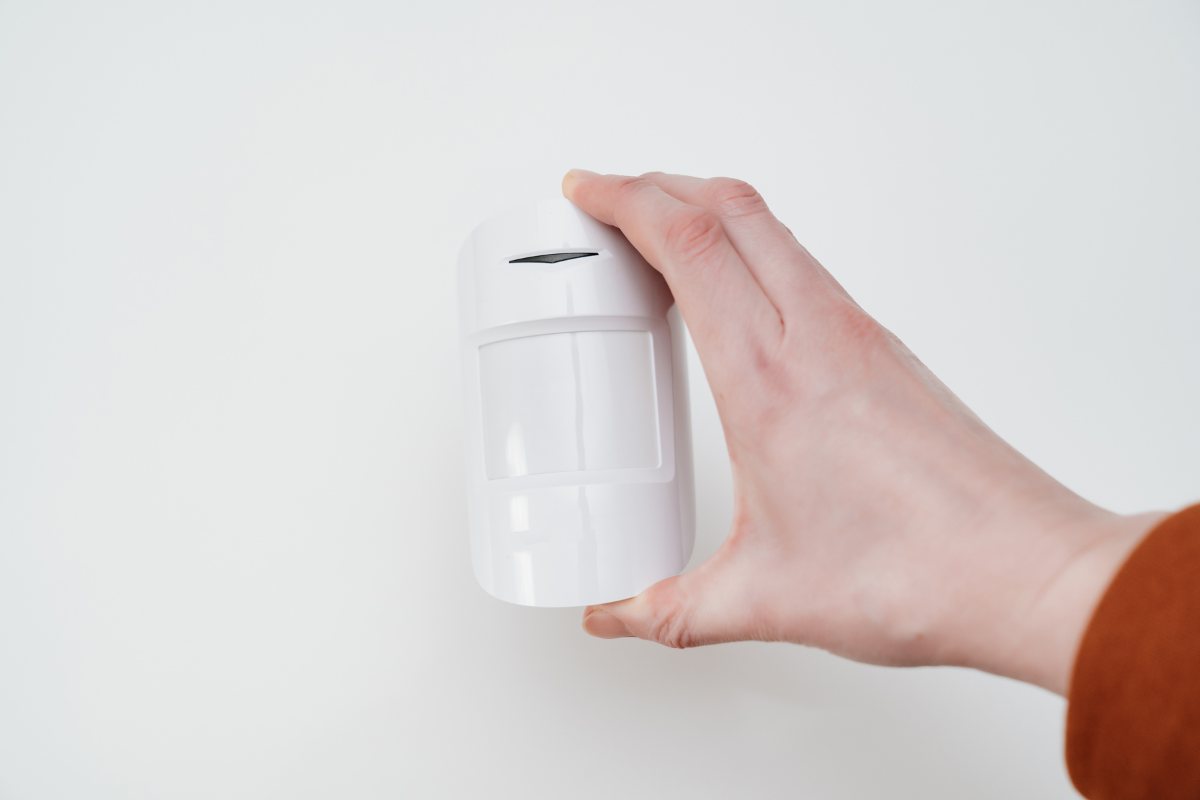
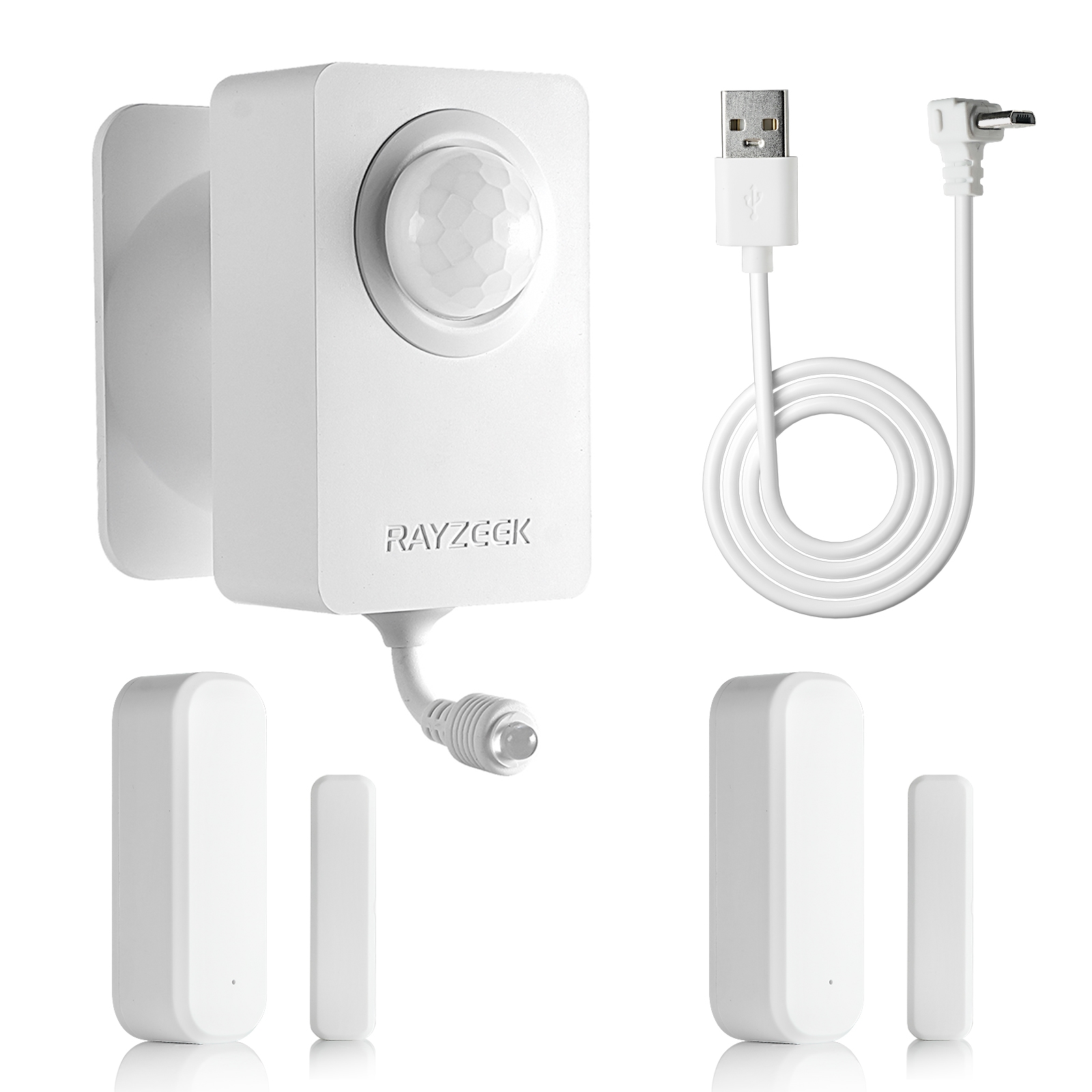
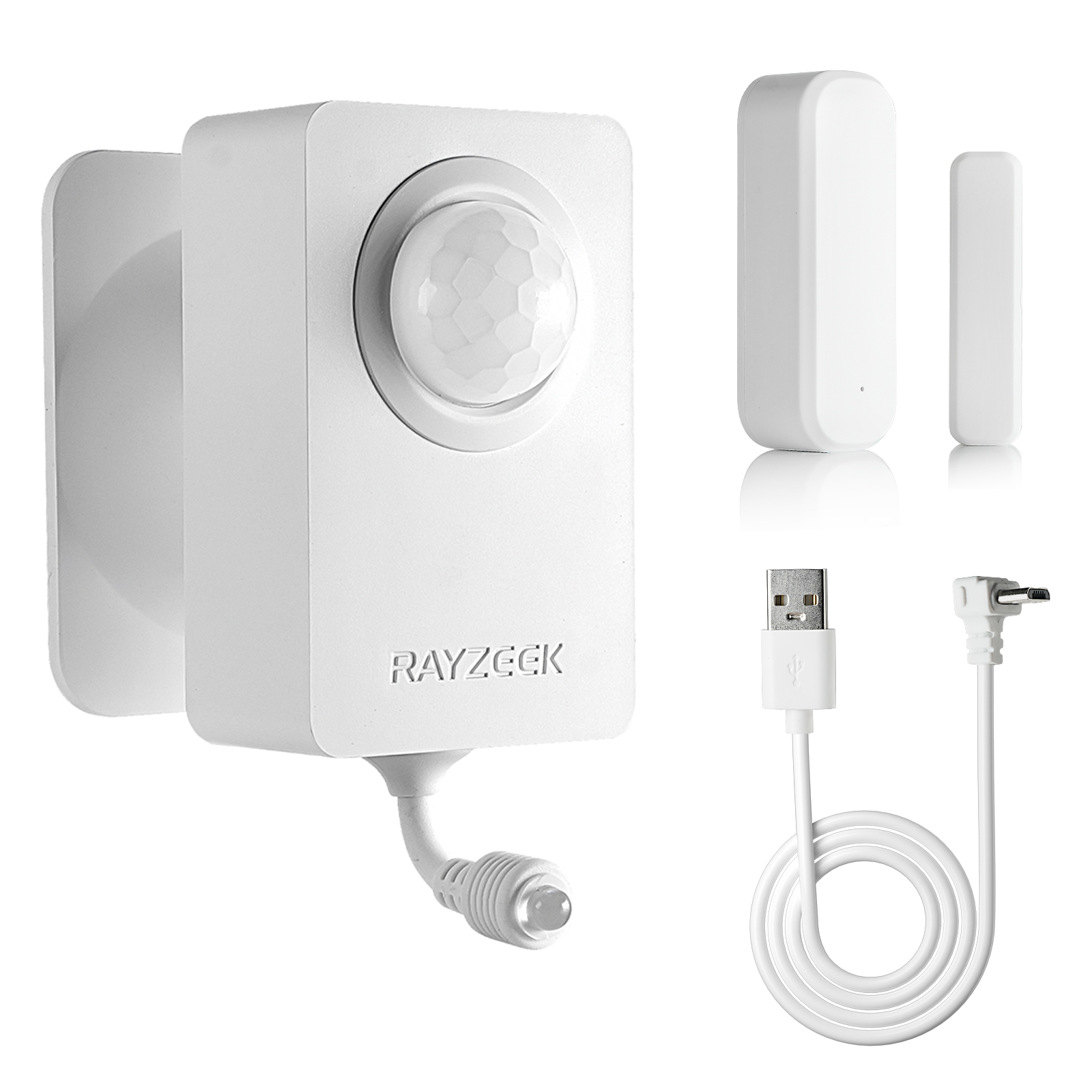
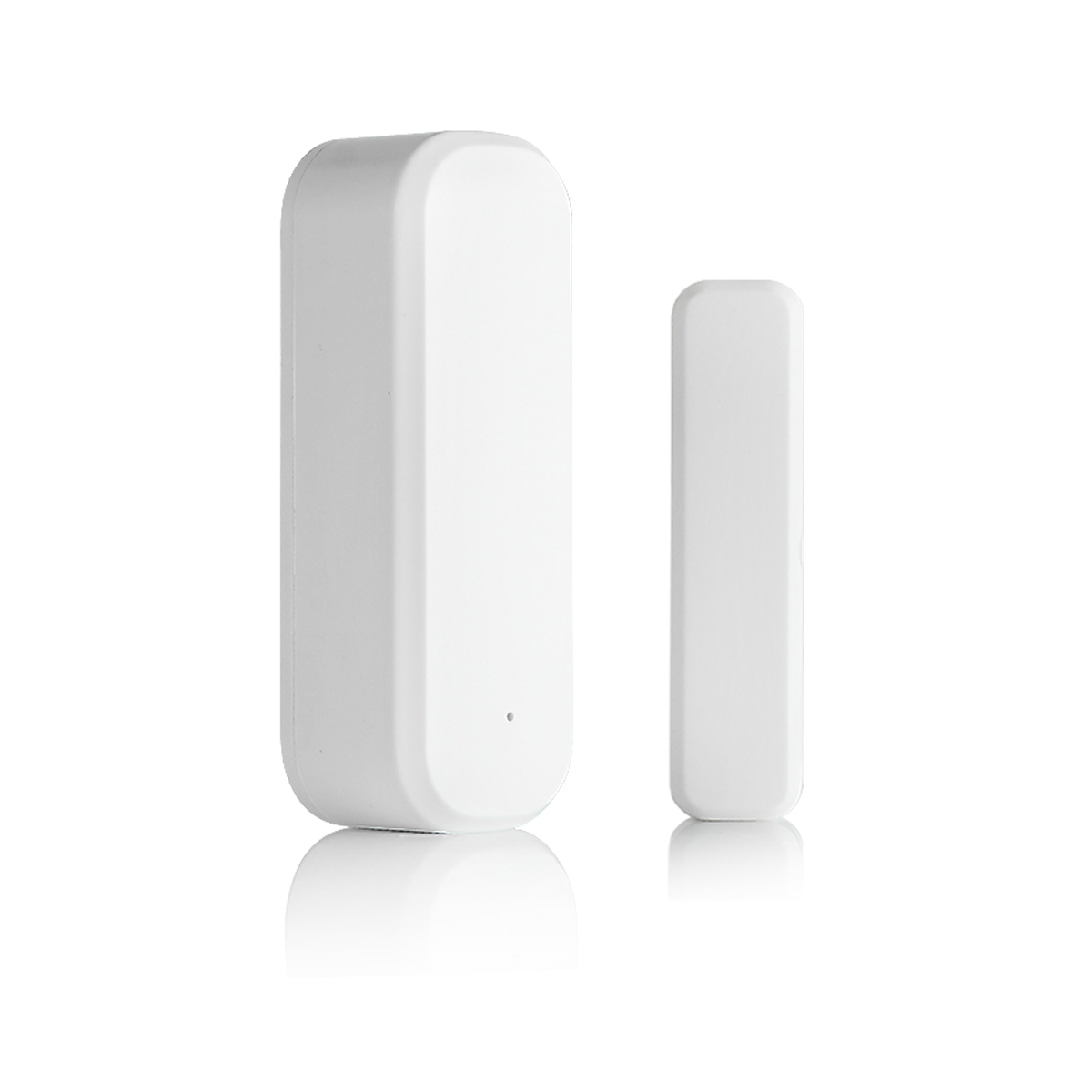
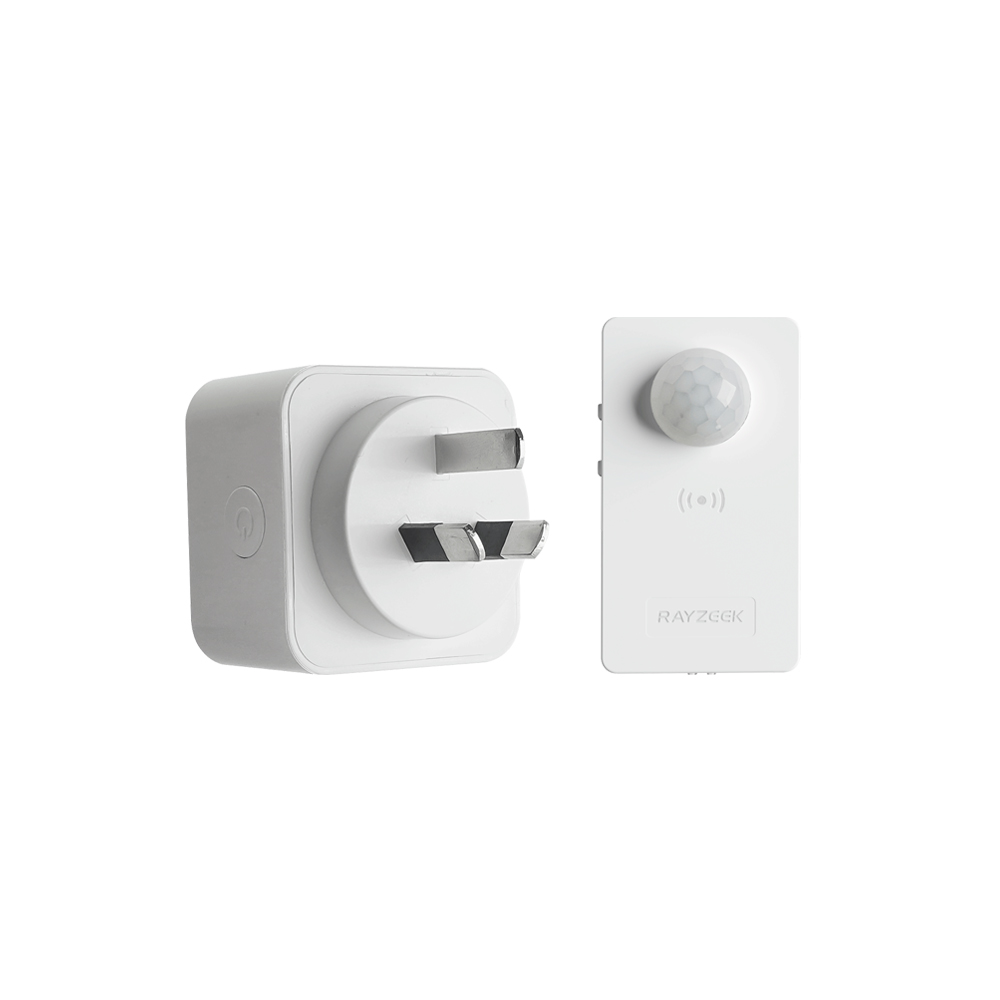
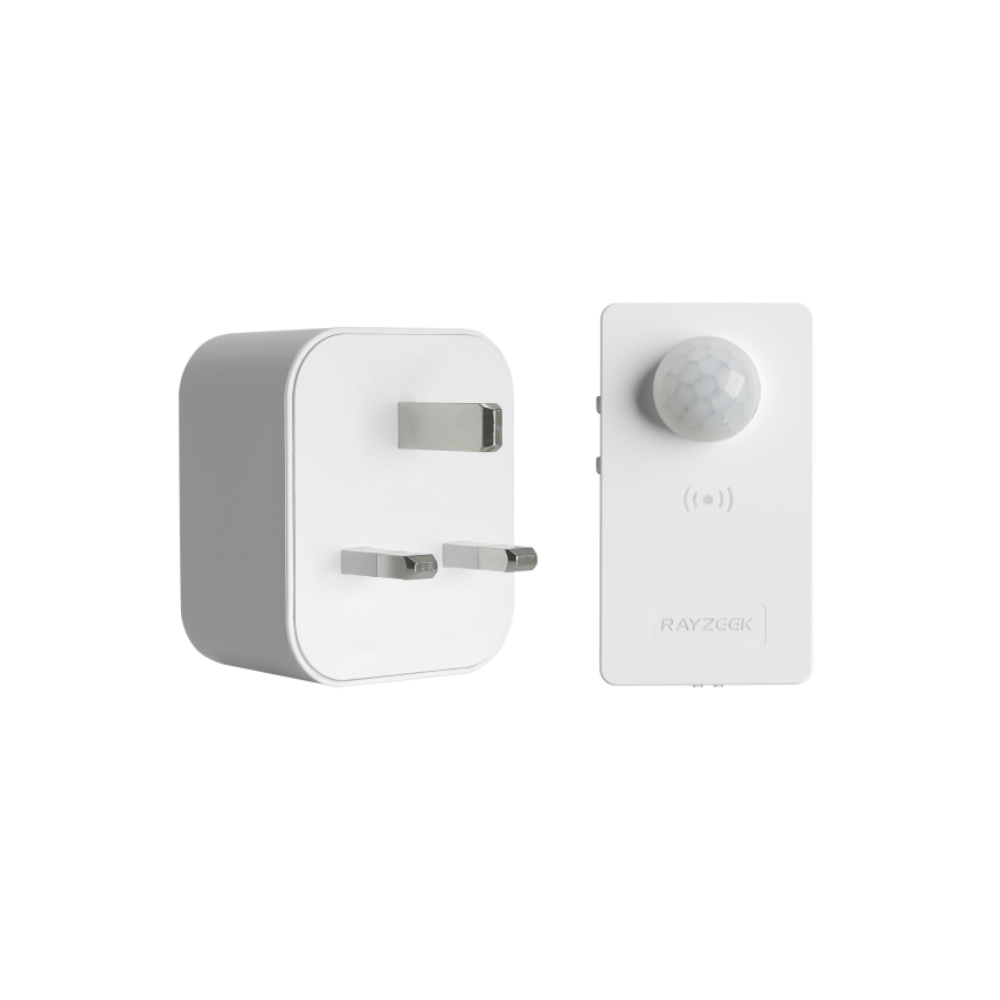
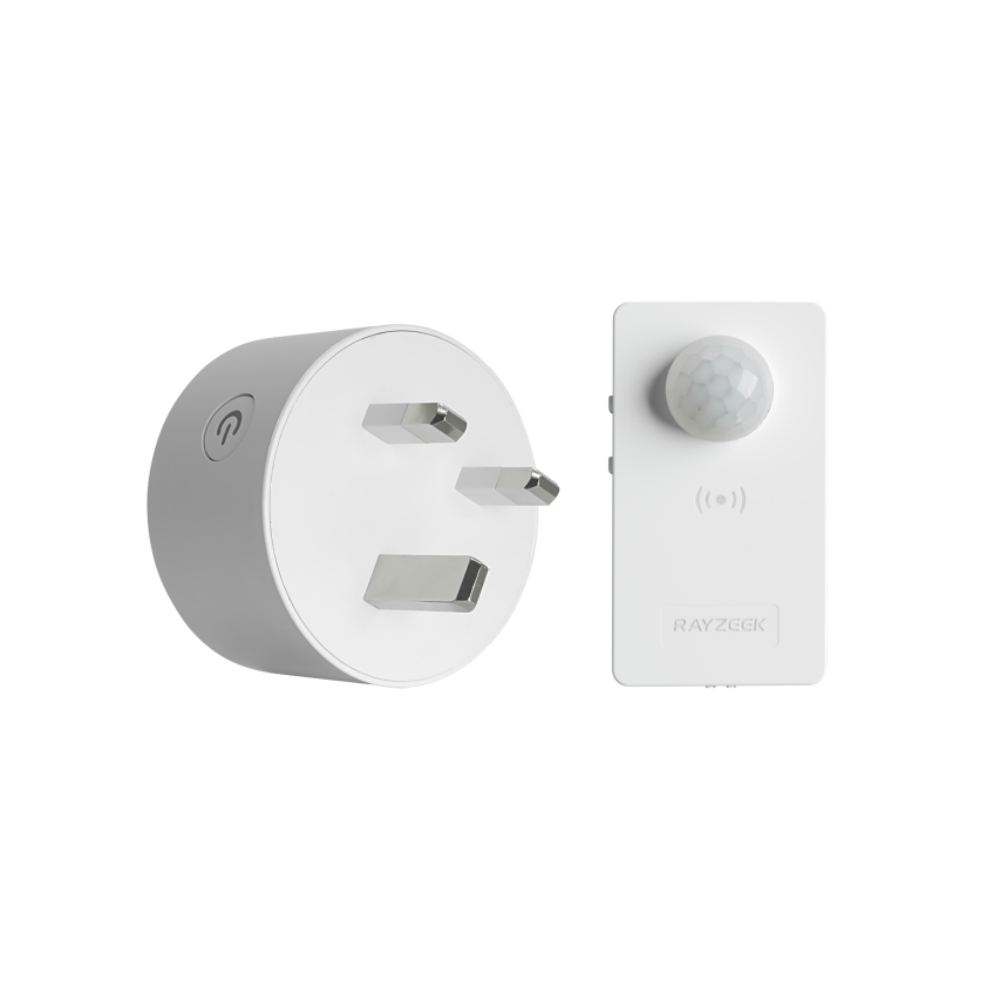
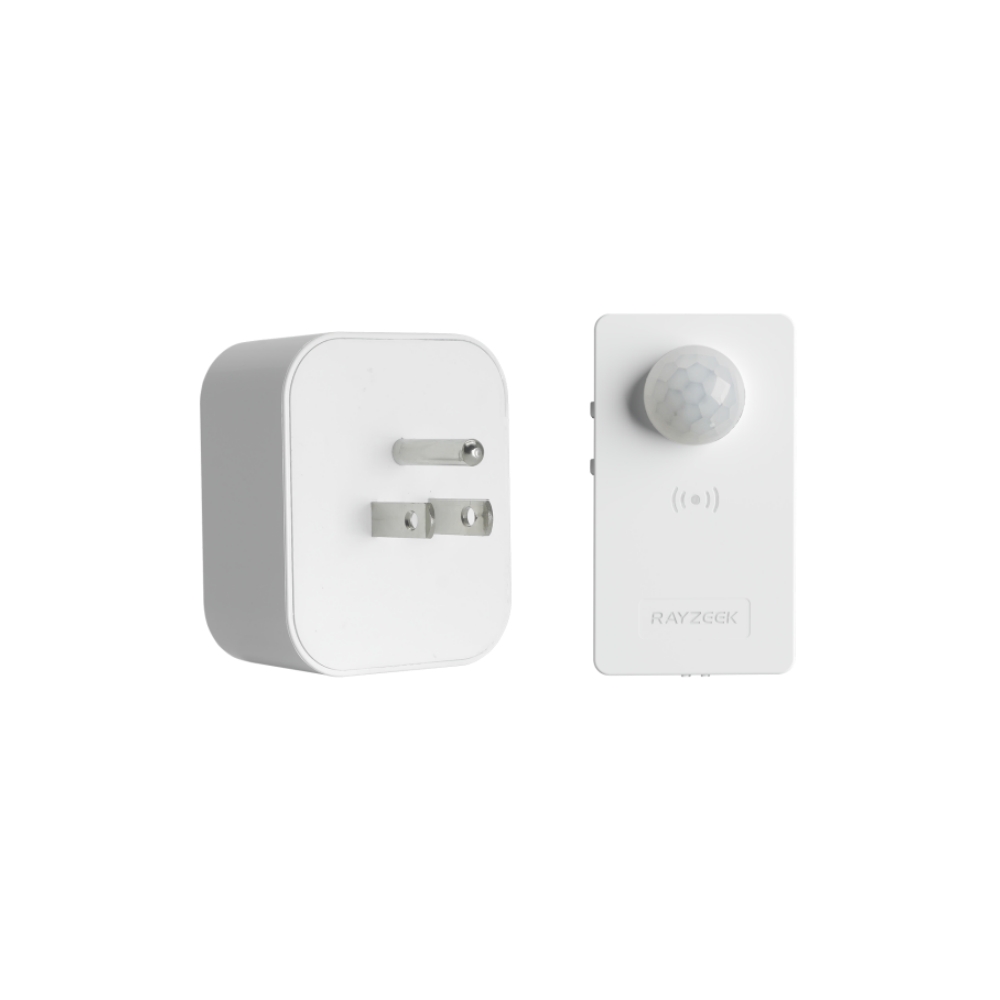
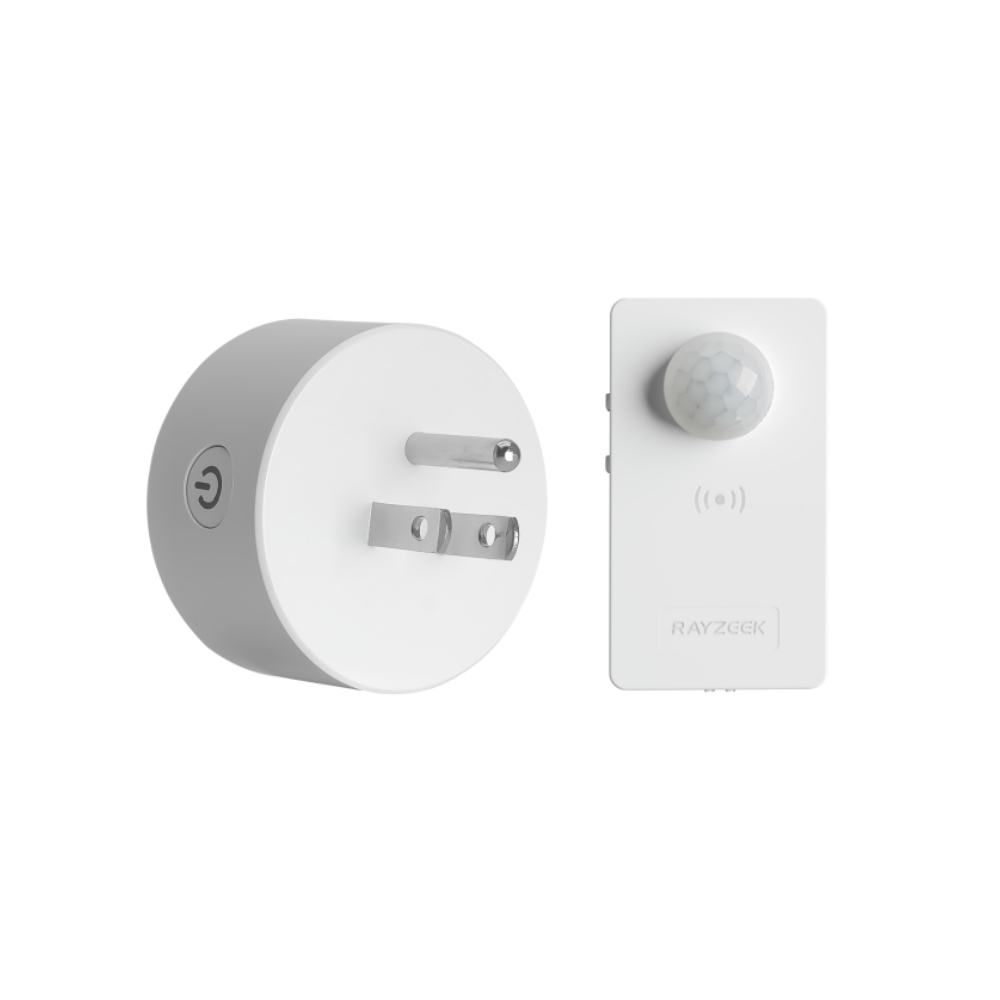
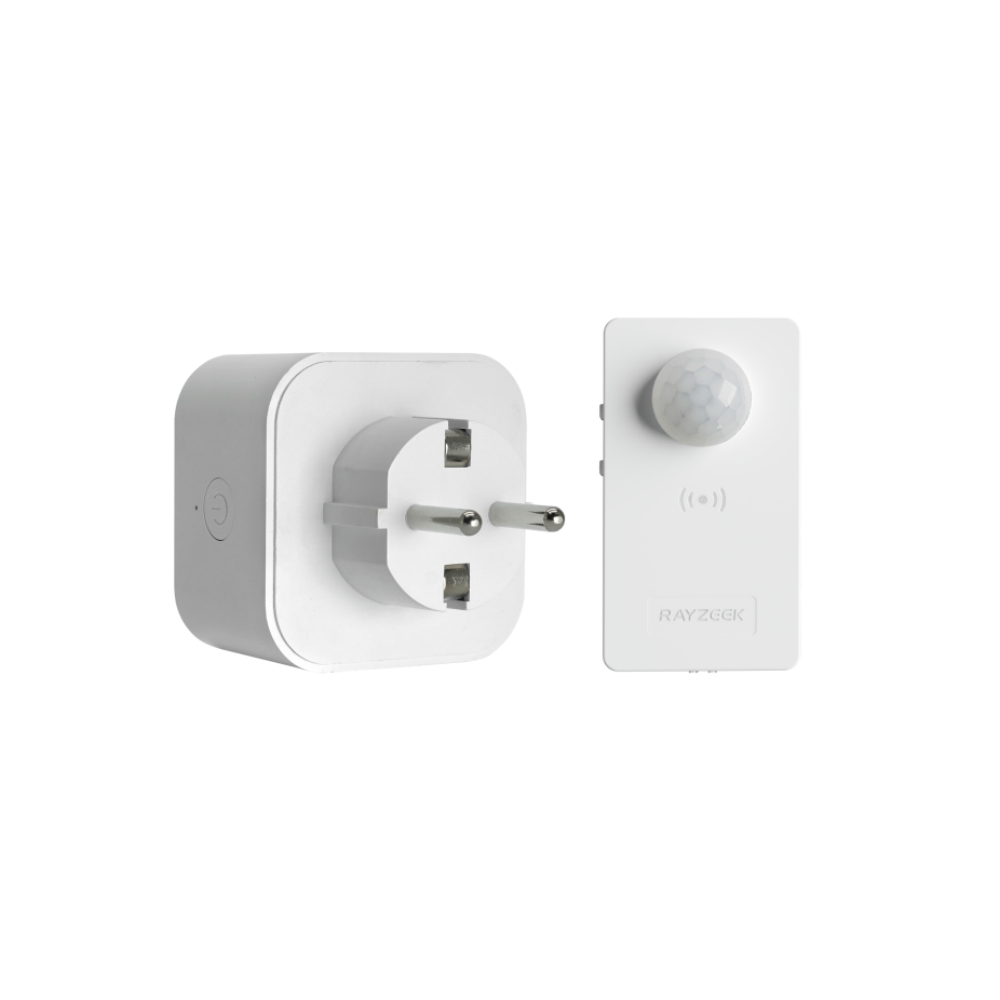
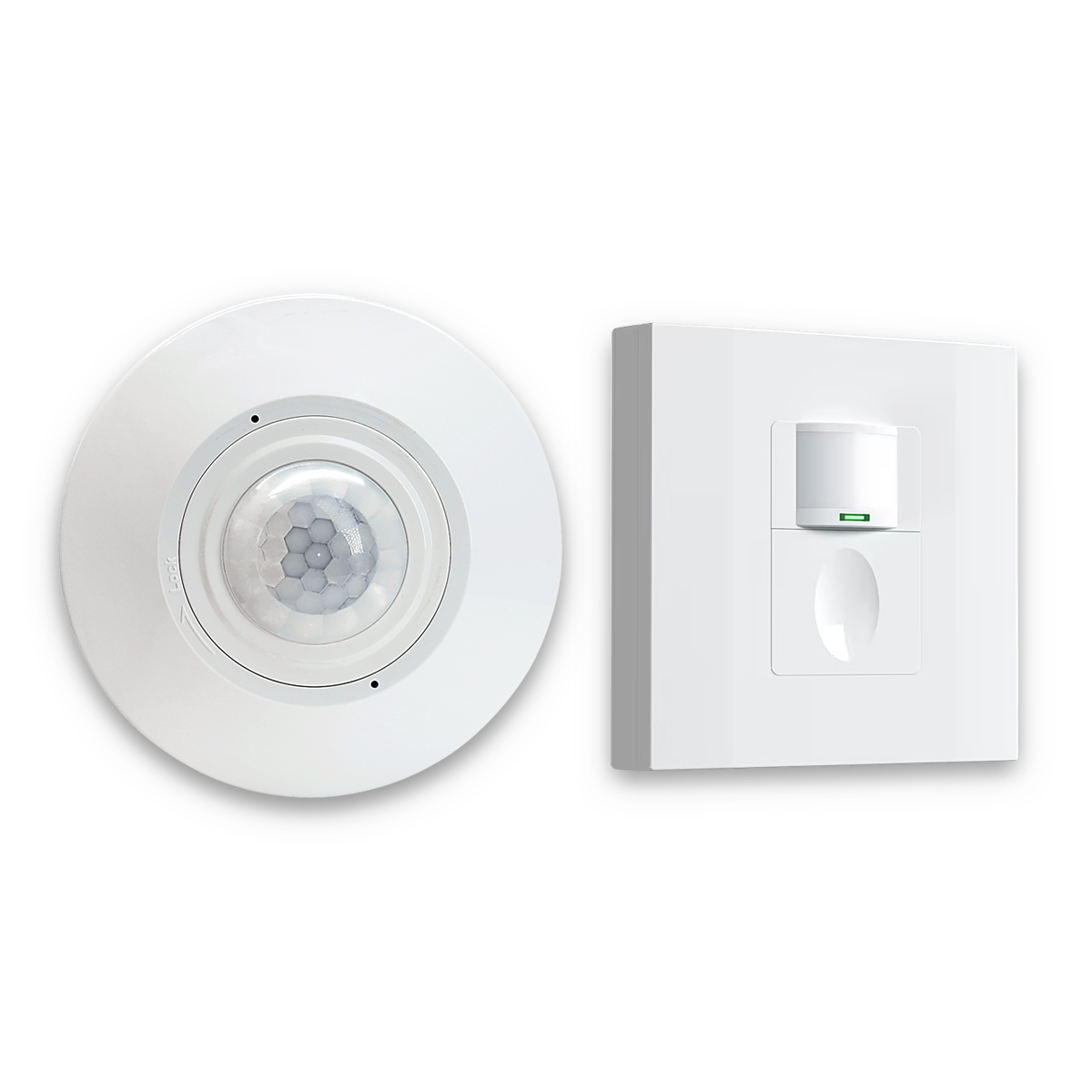



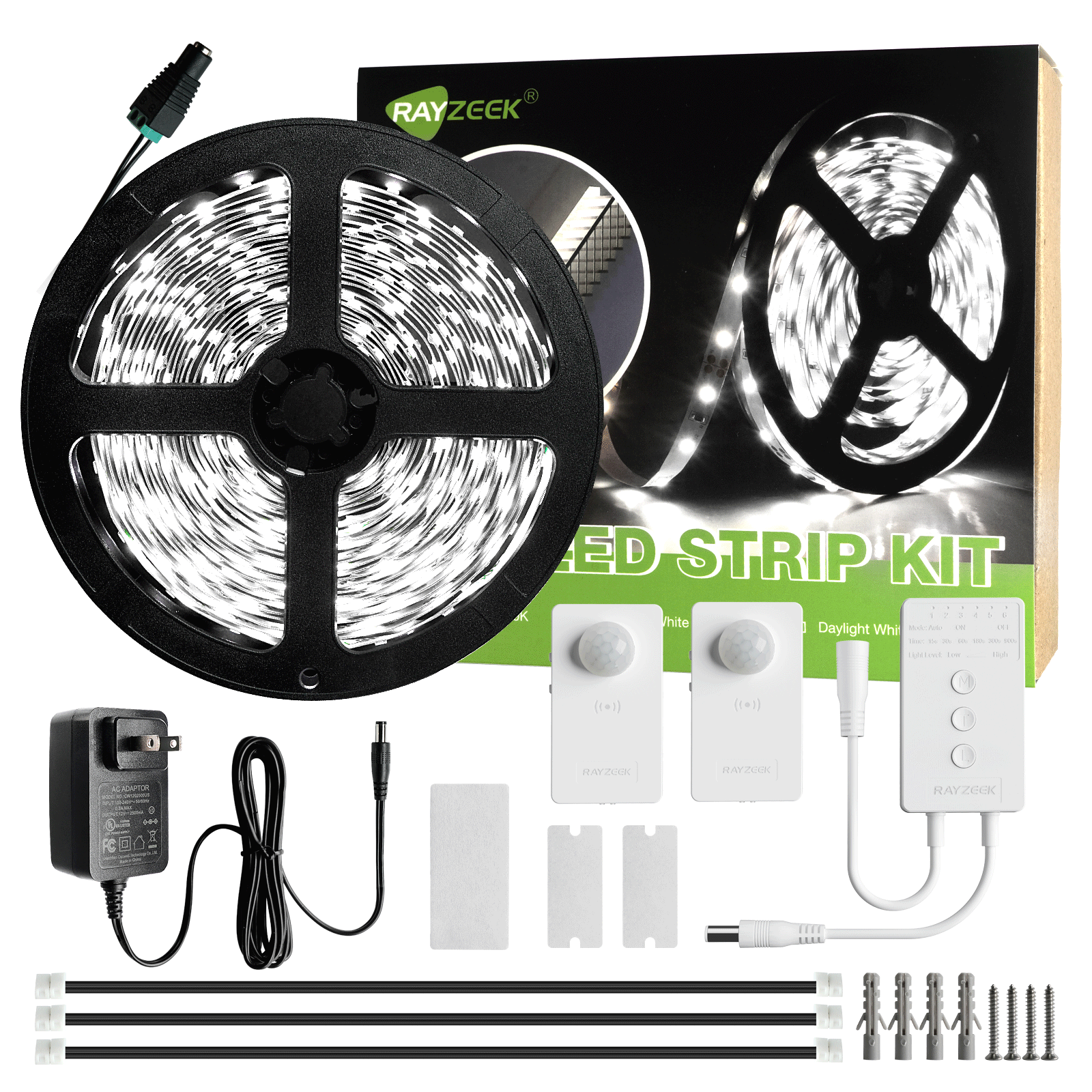



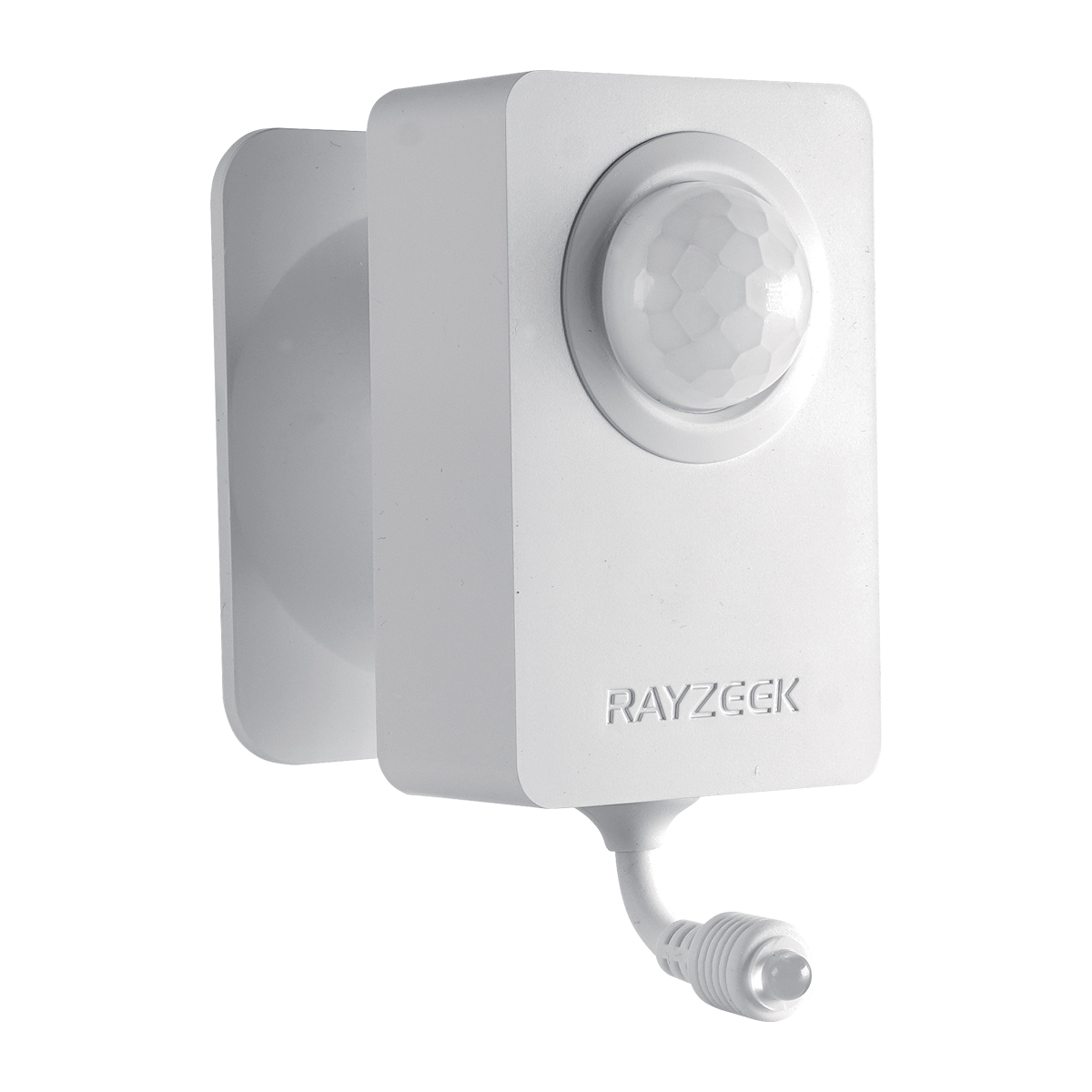
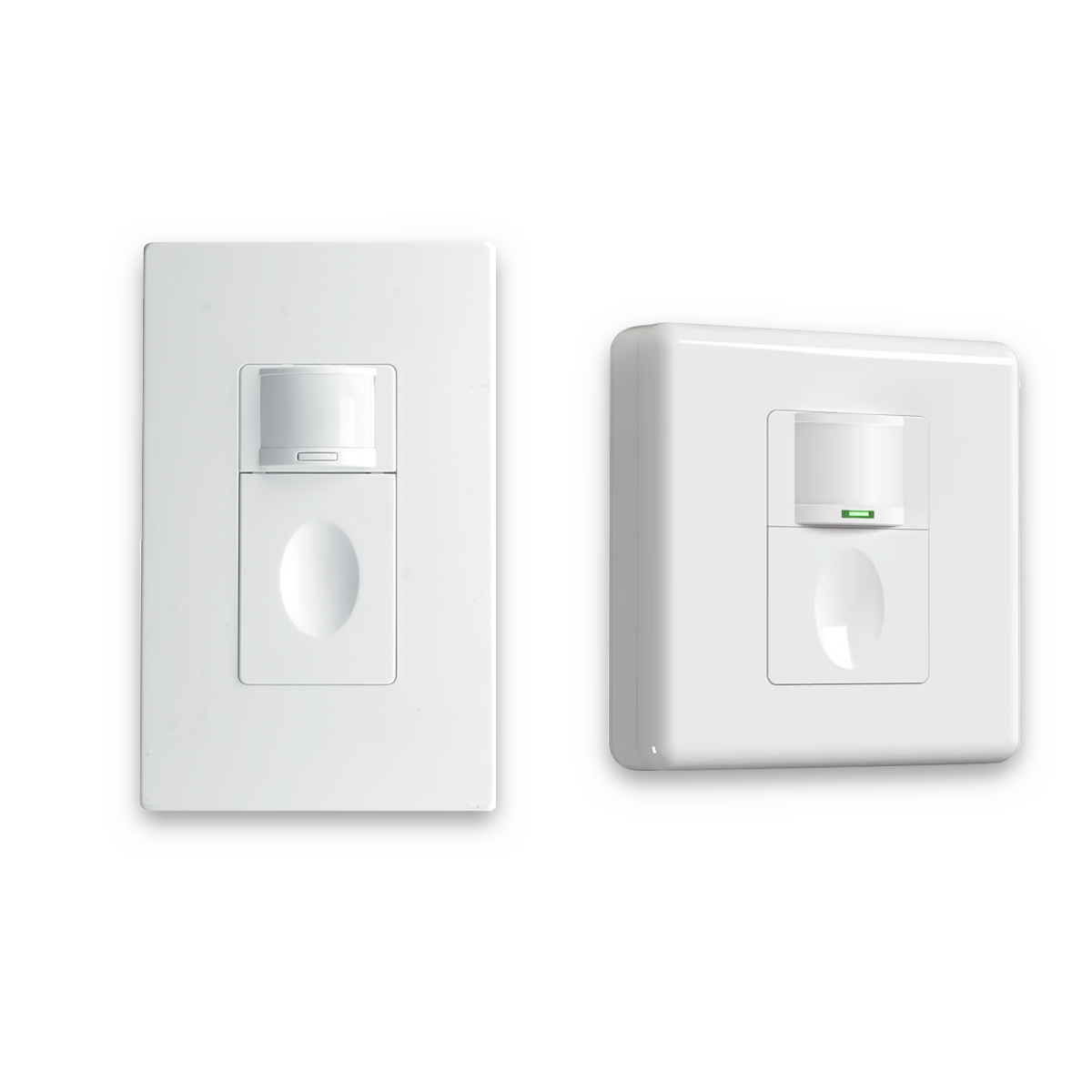
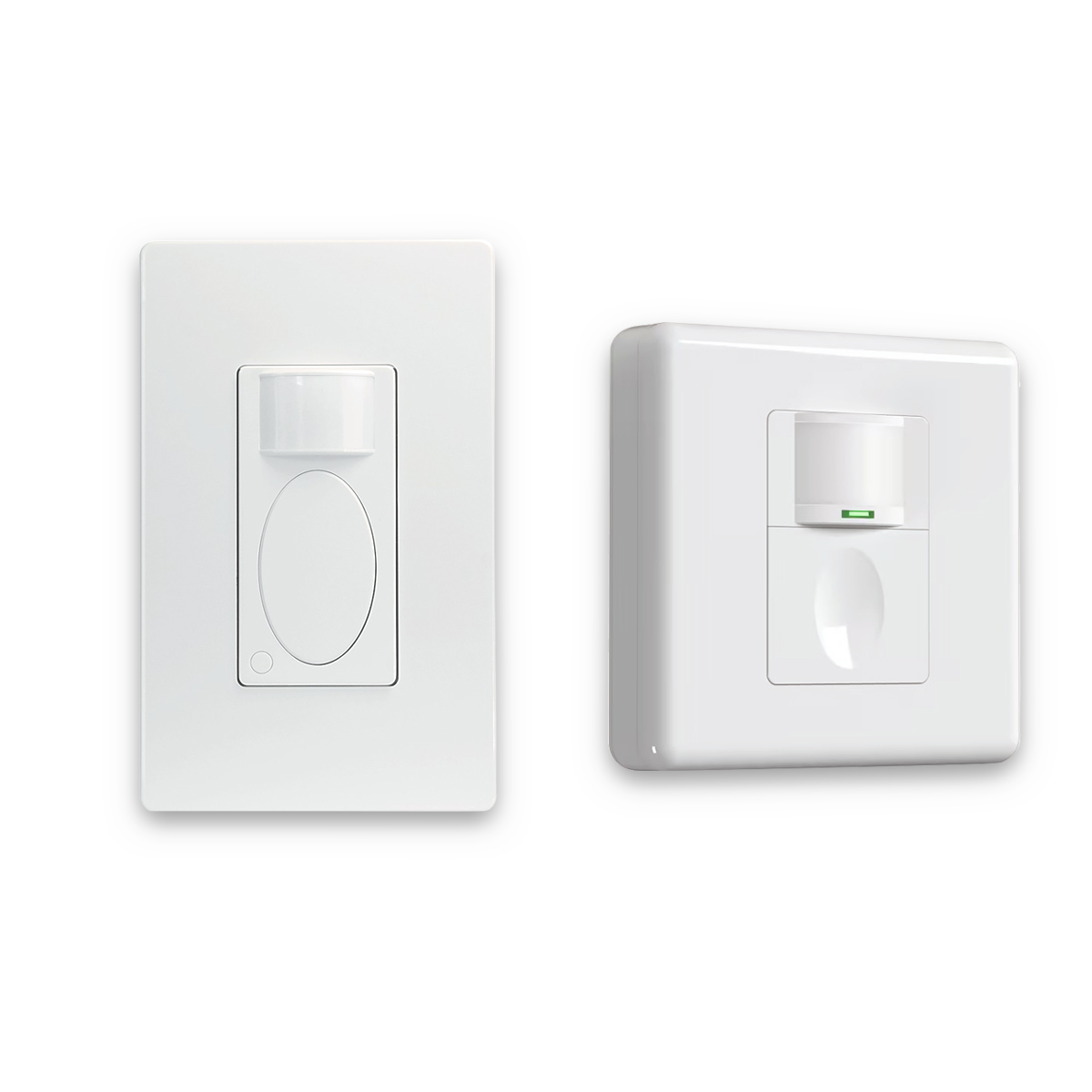
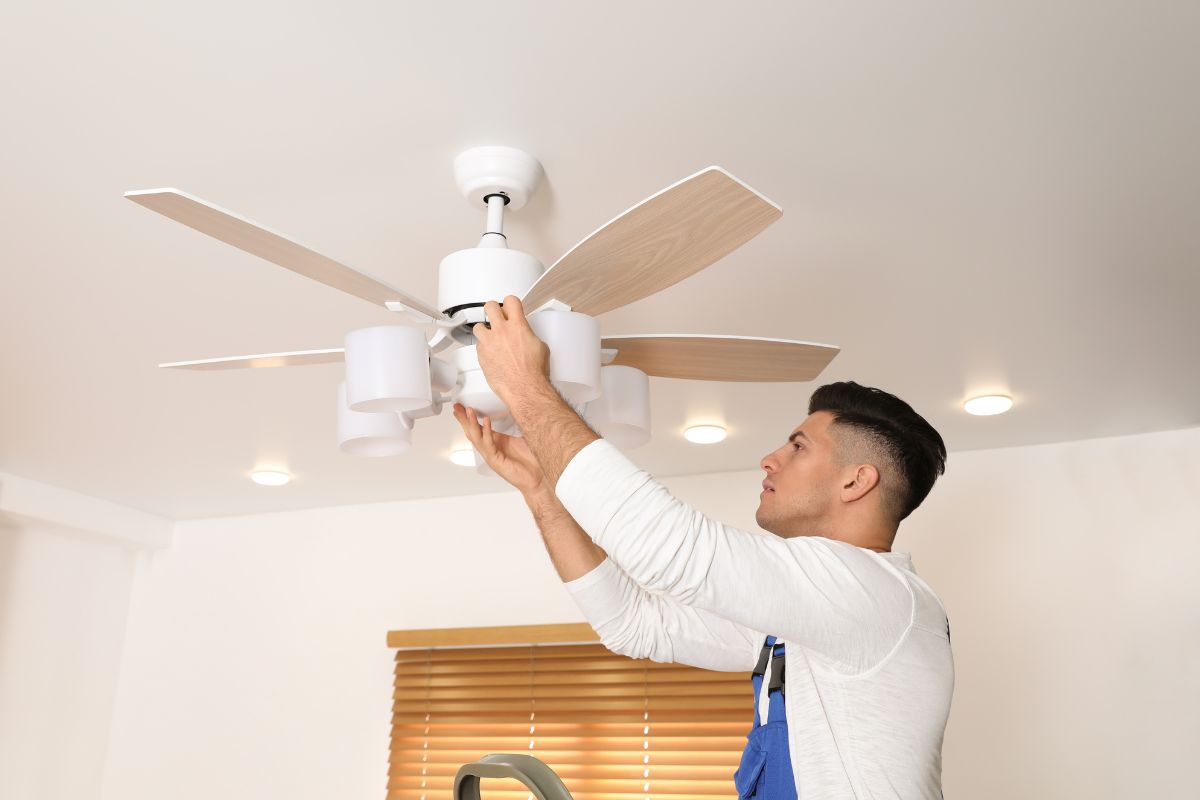

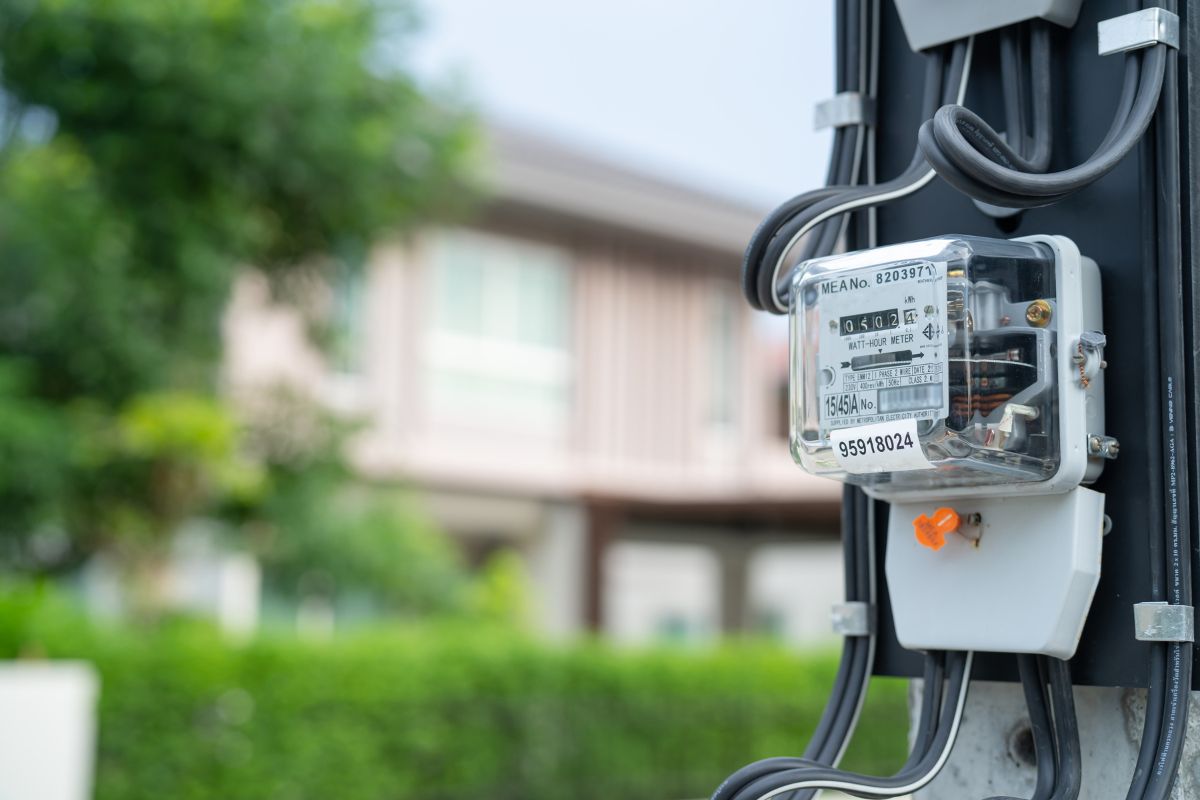




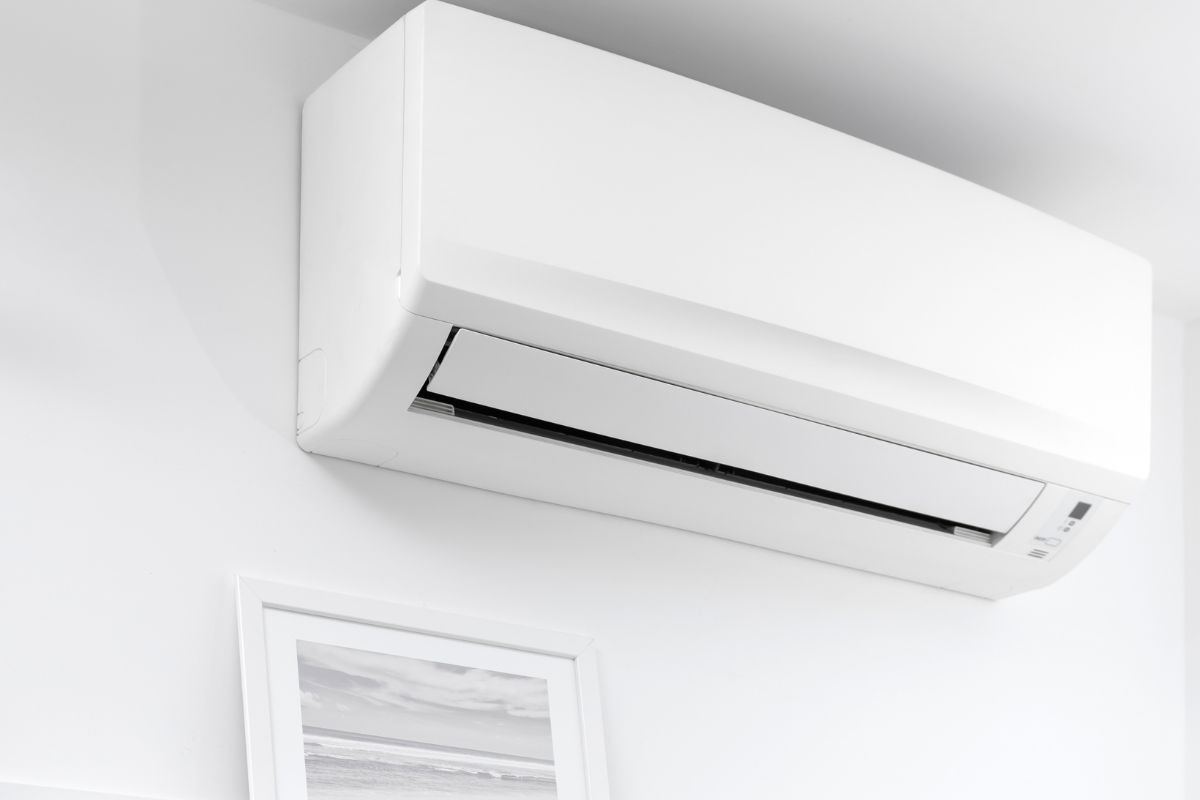
Thank you for your insightful comments on our blog post about how motion sensors work. I appreciate your engagement and valuable contributions to our discussion!